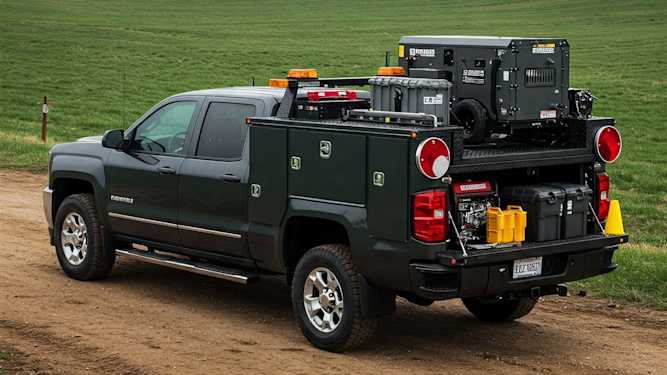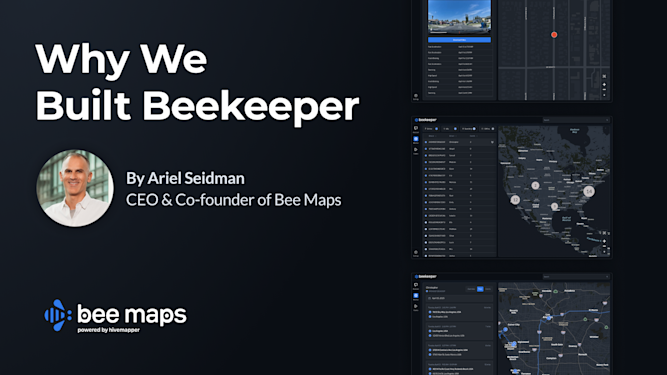The Latest Buzz
What Are The Best Object Detection Techniques for AV Mapping?

What Are The Best Object Detection Techniques for AV Mapping?
Object detection is a vital part of autonomous vehicle (AV) mapping, enabling vehicles to identify and classify objects in their environment, such as pedestrians, other vehicles, road signs, and obstacles. By accurately recognizing these objects, AVs can make decisions about navigation, obstacle avoidance, and safety measures. Let’s dive into the top object detection techniques used in AV mapping and their role in making autonomous driving safer and more efficient.
Why Object Detection Matters in AV Mapping
Object detection helps AVs understand their surroundings and react appropriately to different driving conditions. In dense urban areas or on highways, recognizing and tracking objects like vehicles, traffic cones, or pedestrians is crucial for planning safe routes and maintaining proper speeds. These detections directly inform the vehicle’s path planning and collision avoidance systems, making precise and reliable object detection a necessity for autonomous mobility.
Object Detection Techniques for AV Mapping
- Convolutional Neural Networks (CNNs) CNNs are a fundamental technology in the field of computer vision and play a critical role in object detection for AV mapping. They process image data from cameras mounted on the vehicle, identifying features like edges, shapes, and textures. CNN-based models, such as YOLO (You Only Look Once) and Faster R-CNN, can detect multiple objects in real-time, making them ideal for dynamic driving environments. These models are known for their ability to balance speed and accuracy, which is crucial for AVs that need to make split-second decisions.
- Lidar-Based Detection Lidar (Light Detection and Ranging) is one of the most widely used object detection technologies in autonomous vehicles. It works by emitting laser pulses and measuring the time it takes for them to return after hitting an object. This creates a detailed 3D map of the surroundings, allowing AVs to detect objects with high precision, even in low-light conditions. Lidar is especially effective at detecting the distance and shape of objects, which helps AVs navigate through complex environments like crowded intersections or parking lots.
- Radar Detection Radar (Radio Detection and Ranging) is another critical technique used in AV mapping. It measures the distance and speed of objects using radio waves, making it particularly effective for detecting moving vehicles and monitoring traffic flow. Radar's ability to work in adverse weather conditions like fog, rain, or snow makes it a reliable component in the sensor suite of many AVs. When combined with camera and Lidar data, radar enhances object detection by providing additional context about the speed and distance of surrounding objects.
- Stereo Vision Stereo vision involves using two or more cameras placed at different angles to create a 3D perception of the environment, similar to how human eyes work. By analyzing the disparity between images captured by the cameras, AVs can estimate the distance to objects. This technique is valuable for detecting the depth and size of objects, which is critical for tasks like lane detection, object tracking, and understanding road geometry. Stereo vision is often used alongside Lidar and radar to provide a more comprehensive understanding of the environment.
- Semantic Segmentation Semantic segmentation is an advanced computer vision technique that classifies each pixel of an image into different object categories, such as cars, trees, buildings, or road signs. This allows AVs to understand the context of their surroundings with a high level of detail. Unlike traditional object detection, which identifies objects as discrete entities, semantic segmentation provides a more nuanced understanding of the entire scene, which is useful for navigating complex urban environments. It helps AVs better understand road boundaries, sidewalks, and off-limits areas.
What are Some Challenges in Object Detection Mapping Professionals Face ?
Processing Power and Latency
Real-time object detection requires significant computational power, especially when multiple sensors are being used simultaneously. Balancing the need for quick processing with the limitations of onboard hardware is a challenge for developers. Reducing latency while maintaining accuracy is crucial for AVs to react promptly to obstacles and changes in their environment.
Handling Diverse Environments
Autonomous vehicles must operate in a variety of conditions, including different weather patterns, lighting conditions, and road types. Object detection models need to be robust enough to handle these variations, which can require extensive training data. This is especially important in regions with unpredictable weather, where AVs must be able to detect objects even in challenging conditions like heavy rain or snow.
Integration of Multiple Sensor Types
While each object detection technique has its strengths, integrating data from different sensors into a cohesive perception system can be complex. Achieving accurate sensor fusion—where data from Lidar, radar, and cameras are combined—ensures that AVs have a holistic understanding of their environment, but it also requires sophisticated algorithms and processing power.
The Future of Object Detection
As autonomous vehicle technology evolves, object detection techniques are becoming even more precise and efficient. The development of more advanced AI models, improvements in sensor hardware, and the integration of edge computing capabilities are all expected to enhance object detection. These advances will play a key role in making autonomous vehicles safer and more capable of handling diverse driving conditions.
Share Post


